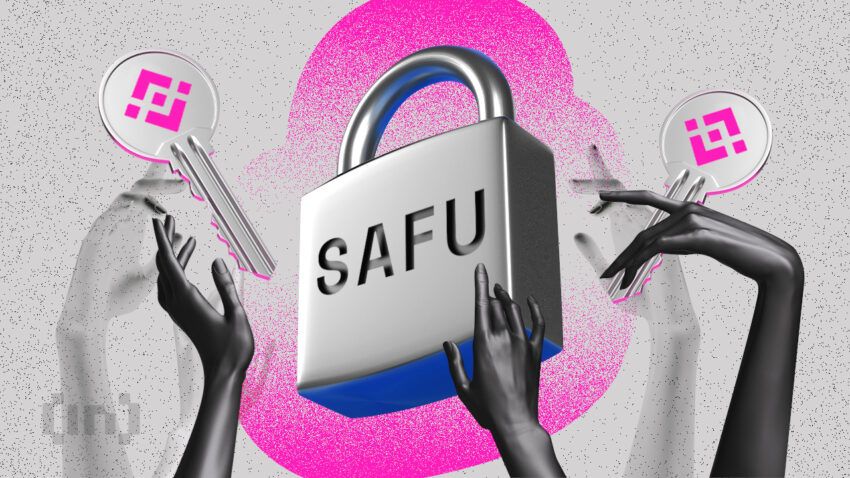Binance is introducing a new system to fix the commingling of B-Token collateral with customer funds.
Following recent revelations that the exchange had mixed collateral backing the minting of its Binance-peg token with customer funds, Binance has introduced a semi-automated process to give improved insights into the reserves backing each crypto asset.
New Binance System Still Requires Trust, Says Analyst
Binance mints a peg token, or B-Token, of deposited cryptocurrencies useable on its proprietary blockchains. For example, it mints one ETH B-Token for every ETH deposit. However, every B-Token must be in a collateral wallet backed by ETH.
The new semi-automated system will only allow the minting of new B-Tokens once the associated collateral wallet has the required reserves of crypto assets. It will retain a certain degree of manual operation to enable Binance to intervene in the event of a security breach.
This still gives them the ability to hit the switch, in a worst-case scenario, and to save their face a little bit,” noted Conor Ryder, a research analyst. “But it isn’t an ideal fully-automated system, and we’ve seen before that Binance has mismanaged the kind of minting process that goes on here.”
According to a company spokesperson, the collateral will be visible on-chain to improve transparency.
Previously, Binance accidentally mixed collateral assets with customer assets in the now infamous Binance 8 wallet, resulting in certain B-Tokens appearing drastically overcollateralized. According to the spokesperson, the new automation element will also help the exchange manage risk.
Recently, it announced that it would introduce zero-knowledge proofs to improve the privacy of its next proof-of-reserves report. Zero-knowledge proofs confirm a statement’s truth without revealing how the truth was confirmed. In Binance’s case, it will confirm customer asset balance changes through changes in the Merkle root hash of Binance’s Merkle tree.
BUSD Depegs as Exchange Burns $2B Worth
Earlier today, the Binance-branded BUSD stablecoin fell to $0.20 against algorithmic stablecoin DAI after a large sell order caused slippage. Traders spotting an arbitrage opportunity quickly brought BUSD back to its dollar peg.
The stablecoin is at the heart of recent regulatory actions by the New York Financial Services Department and the U.S. Securities and Exchange Commission. The NYFSD recently ordered BUSD’s issuer Paxos to stop minting the coin and terminate its relationship with Binance. At the same time, the SEC sent the issuer a Wells Notice warning that BUSD could be an unregistered security.
Yesterday, Paxos confirmed that it ended its relationship with Binance. Neither the exchange nor its CEO, Changpeng Zhao, have publicly responded to the termination.
The exchange announced today that it would burn $2 billion in BUSD and release ETH collateral worth the same value.
For Be[In]Crypto’s latest Bitcoin (BTC) analysis, click here.
Disclaimer
In adherence to the Trust Project guidelines, BeInCrypto is committed to unbiased, transparent reporting. This news article aims to provide accurate, timely information. However, readers are advised to verify facts independently and consult with a professional before making any decisions based on this content. Please note that our Terms and Conditions, Privacy Policy, and Disclaimers have been updated.


